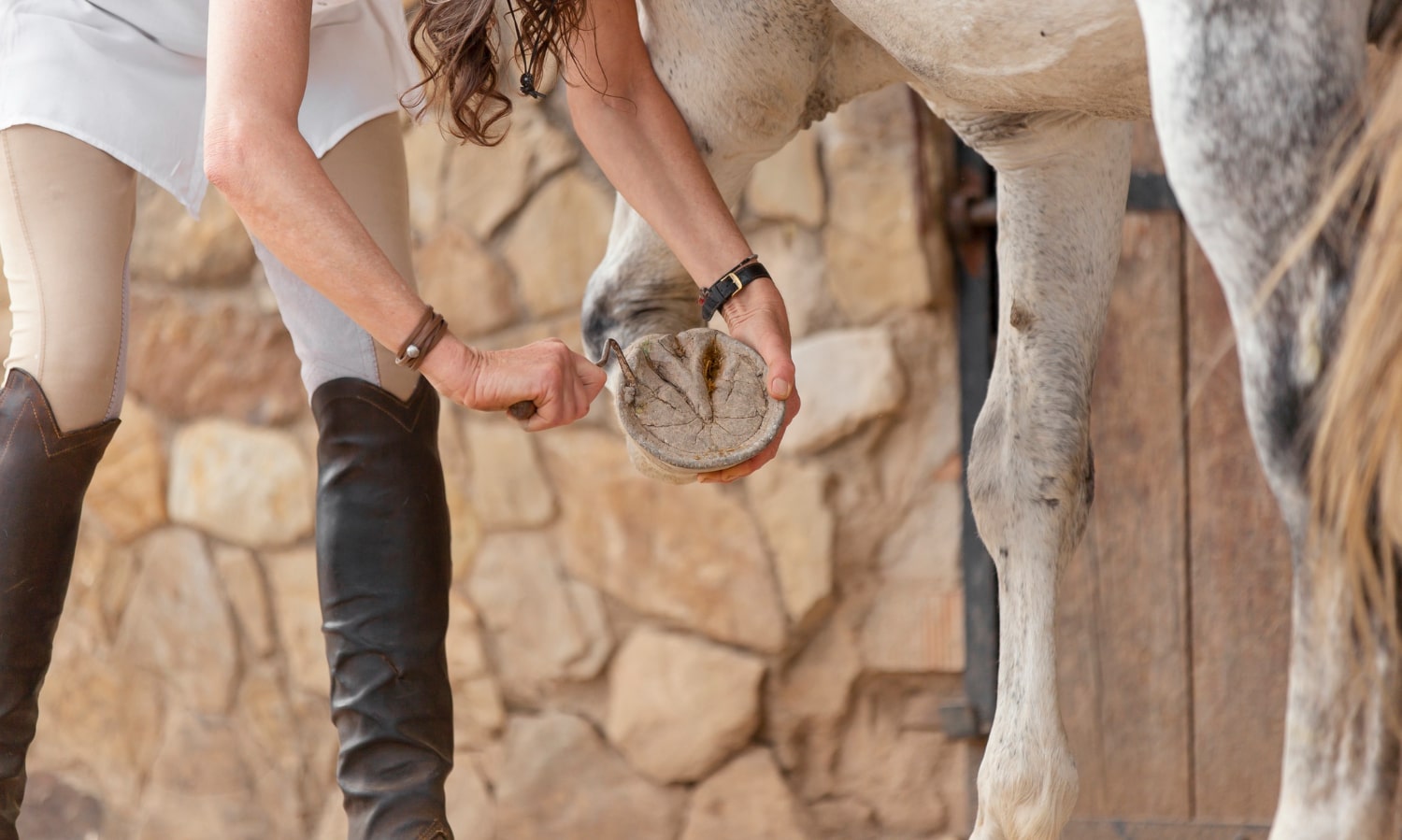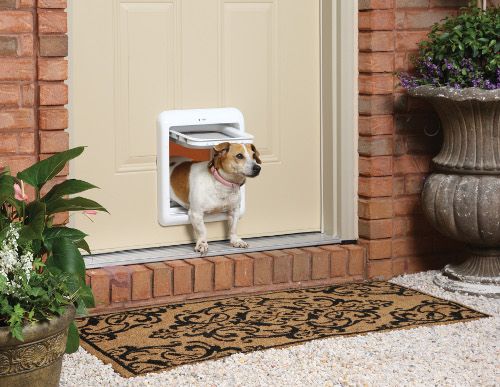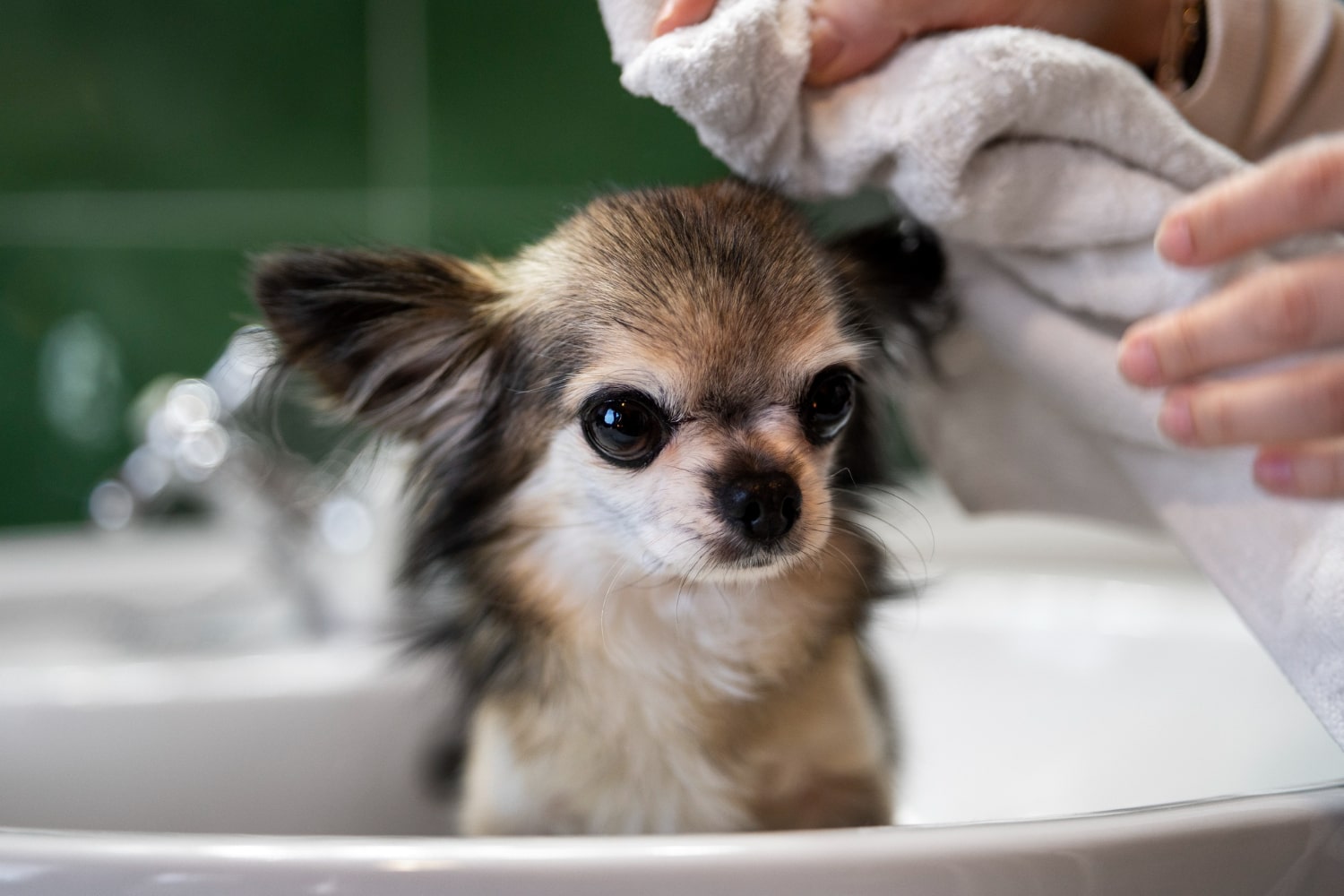Horses are majestic creatures known for their strength, grace, and resilience. However, like any animal, they are susceptible to various health issues and one common concern among horse owners is horse hoof cracks. Hoof cracks can range from superficial surface cracks to deeper, more problematic ones that compromise the integrity of the hoof. In this article, we will explore how to avoid hoof cracks in horses and discuss effective solutions to fix them when they occur.
Understanding of Horse Hoof Cracks
Horse Hoof cracks represent a prevalent hoof issue among horses and can manifest in various forms. The primary trigger often stems from alterations in ground conditions, transitioning from excessively wet, muddy environments to dry surroundings.
Moreover, hoof cracks can emerge due to external pressures or traumas, originating both within and outside the hoof itself. Factors like poor farriery work or conformational irregularities exacerbate hoof balance issues, subjecting the hoof to additional stressors.
Inadequate equine nutrition also contributes to hoof cracks, impairing the hoof’s growth capacity. Essential nutrients like biotin must be adequately supplied to fulfill the individual requirements of each horse. Without sufficient nutrient intake, the horse’s ability to regenerate hoof tissue diminishes, leading to potential deficiencies compromising hoof health and resilience, rendering them susceptible to infections and diseases.
Determining the underlying cause of a hoof crack entails identifying its specific type and severity. If concerns arise, it is imperative to seek immediate consultation from a local hoof care specialist or veterinarian.
Sometimes, external traumas precipitate cracks a forceful impact on the hoof can result in injury or, in severe cases, fracturing. Additionally, repetitive behaviors such as kicking at hard surfaces or galloping on rugged terrain may induce cracks over time.
Genetics also wield influence over the strength and thickness of a horse’s hoof walls. Just as breeders select horses based on performance and appearance, genetics also dictate hoof quality and susceptibility to hoof-related ailments. For instance, Hoof Wall Separation Disease (HWSD) is an inherited condition observed in certain Connemara ponies.
Understanding the multifaceted nature of hoof cracks empowers horse owners to implement proactive measures to mitigate their occurrence and severity. By adopting comprehensive hoof care strategies and addressing nutritional deficiencies, horse enthusiasts can safeguard their equine companions against the detrimental effects of hoof cracks, promoting optimal hoof health and overall well-being.
How to Stop Horse’s Hooves From Splitting?
Prevention is key when it comes to hoof cracks in horses. Here are some essential steps to help avoid them:
1. Regular Hoof Maintenance: Schedule regular appointments with a qualified farrier to trim and balance your horse’s hooves. Proper trimming helps distribute weight evenly and reduces the risk of cracks.
Our Suggestion: Consider investing in a quality hoof rasp and nippers for at-home maintenance between farrier visits.
2. Hoof Supplements: Provide your horse with a balanced diet supplemented with nutrients essential for hoof health, such as biotin, zinc and methionine. These supplements promote strong resilient hooves.
Our Suggestion: Look for reputable hoof supplements containing biotin, zinc, and methionine to support your horse’s hoof health.
3. Hoof Moisturizers and Conditioners: Keep your horse’s hooves hydrated and supple by applying moisturizing and conditioning products regularly. These products prevent the hooves from becoming dry and prone to cracking.
Our Suggestion: Consider using hoof moisturizers containing lanolin, coconut oil or aloe vera to nourish and protect your horse’s hooves.
How To Fix the Horse Hoof Cracks
Despite our best efforts, horses may still develop hoof cracks. Here are some effective solutions to address them:
1. Consult a Farrier: If you notice a hoof crack in your horse, contact your farrier immediately. They can assess the severity of the crack and recommend the appropriate course of action.
2. Hoof Boots and Pads: In cases where the crack is causing discomfort or lameness, consider using protective hoof boots and pads to provide support and cushioning.
Our Suggestion: Invest in high-quality hoof boots and pads designed to protect and support your horse’s hooves.
3. Hoof Repair Products: There are various hoof repair products available on the market that can help strengthen and seal hoof cracks. These products typically contain ingredients like acrylics or epoxy resins.
Our Suggestion: Look for reputable hoof repair products formulated to effectively fill and seal hoof cracks.
Conclusion
Horse hoof cracks can be a source of concern for horse owners, but with proper care and attention, they can be avoided and effectively addressed. By implementing a regular hoof maintenance routine, providing essential nutrients through supplements, and using appropriate hoof care products, you can help keep your horse’s hooves healthy and resilient. Remember to consult with your farrier at the first sign of a hoof crack to prevent further complications. The right approach, you can ensure your horse remains happy, healthy and sound for years to come.
What are the common causes of hoof cracks in horses?
Hoof cracks often stem from changes in ground conditions, external traumas, poor farriery work, conformational issues and inadequate equine nutrition.
How can poor equine nutrition contribute to hoof cracks?
Insufficient intake of essential nutrients like biotin can impair the horse’s ability to grow new hoof tissue, leading to compromised hoof health and increased susceptibility to cracks.
What role does genetics play in hoof quality and hoof crack susceptibility?
Genetics influence the strength, thickness, and quality of a horse’s hoof walls. Certain breeds may inherit predispositions to hoof diseases like Hoof Wall Separation Disease (HWSD).
How can horse owners identify the severity of hoof cracks?
Hoof cracks vary in severity, and it is essential to consult with a local hoof care specialist or veterinarian to assess the specific type and severity of the crack and determine the appropriate course of action.
What preventive measures can horse owners take to avoid hoof cracks?
Horse owners can implement proactive hoof care strategies, including regular farriery work, proper nutrition, and avoiding repetitive behaviors that may stress the hooves.
Are there specific nutrients that support hoof health and growth?
Biotin and other essential nutrients play a crucial role in promoting hoof growth and integrity. Horse owners should ensure their horses receive adequate levels of these nutrients through their diet or supplementation to support optimal hoof health.












